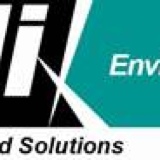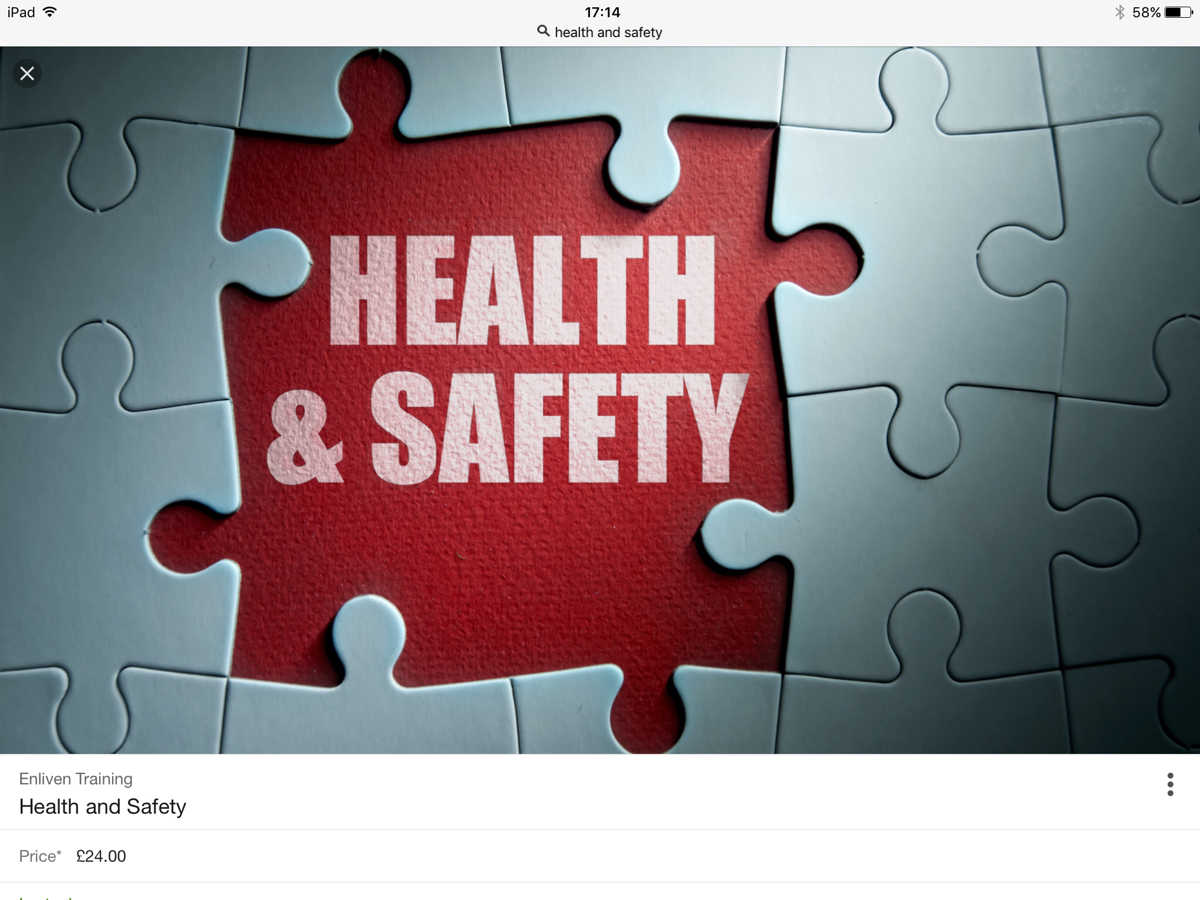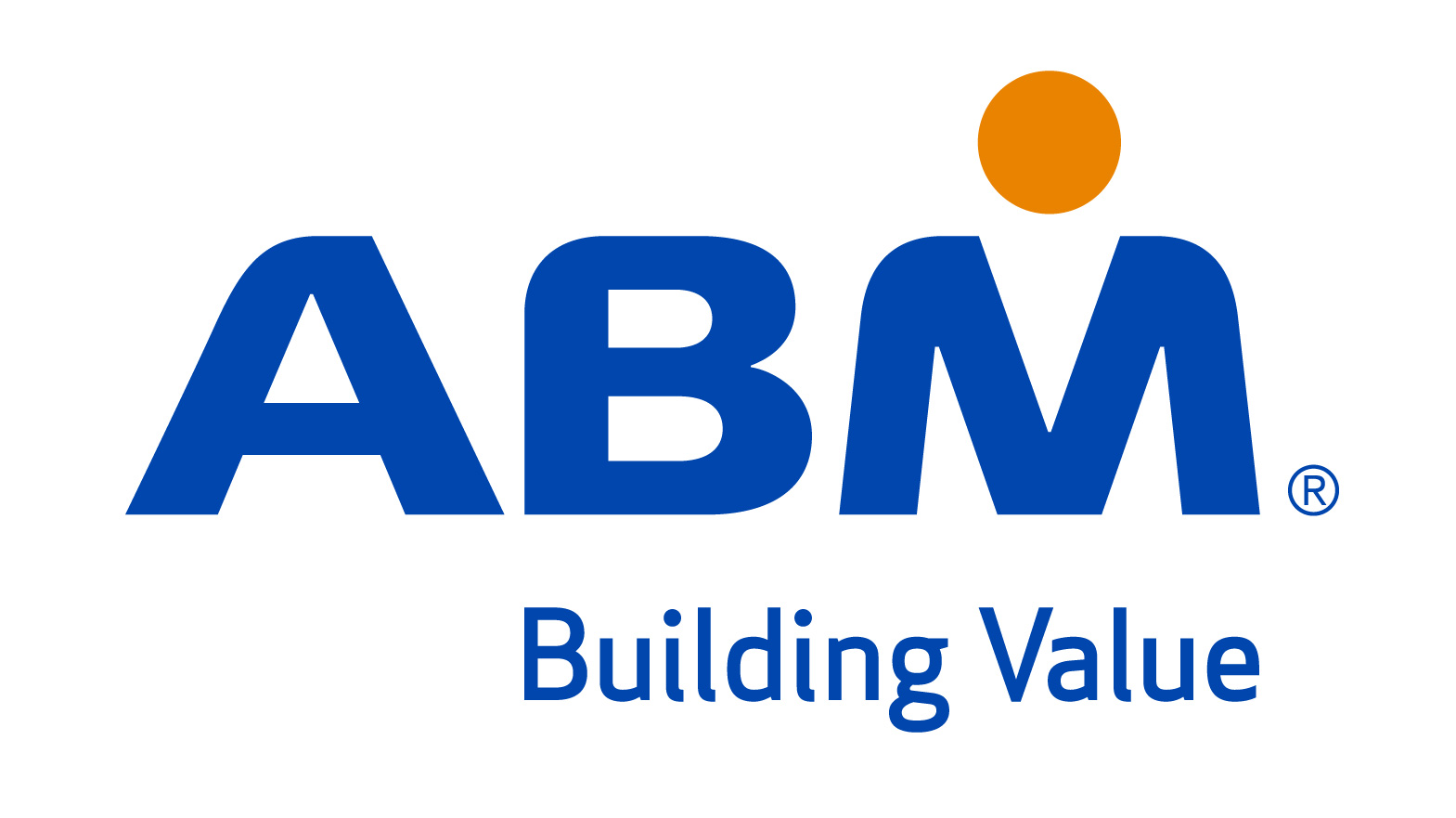Title Page
-
Site conducted
-
Date
-
PPMID
-
Temperature requirements of hot and cold water: Flow temperature at calorifier – minimum of 60˚C eg; cylinder/ calorifier stored water Return temperature to calorifier – minimum 50˚C Hot water at outlets – minimum of 50˚C – within 1 minute of running outlet. If over 60˚C then action should be taken to reduce temp or advise remedial action to prevent scalding risk Mixed water (TMV) – between 38˚C - 46˚C from water outlet Inlet to TMV – minimum of 50˚C on pipe surface Stored cold water - 20˚C or less eg; cold water storage tank. Cold water at outlets - 20˚C or less within 2 minutes of running the outlet. All sentinel outlets can be identified within the Legionella Risk Assessment or by contacting the Water Hygiene Team. Ensure all failed items be raised via the Compliance Team following completion of this PPM. I can confirm all required temperatures have been measured during this task following the above guidance with a calibrated, submersible and surface temperature probe. (Please provide a photo of your probe)
Calorifier flow, return & sentinels (Hot water system)
- Calorifier flow, return & sentinels (Hot water system)
-
Are there calorifiers/ cylinders on site?
-
Calorifier location
-
Temperature non-compliant
-
Is the hot water recirculated? (Does it have a return)
-
Temperature non-compliant
-
Calorifier nearest sentinel (unregulated/ no TMV)
-
Temperature non-compliant
-
Temperature non-compliant
-
Calorifier furthest sentinel (unregulated/ no TMV)
-
Temperature non-compliant
-
Temperature non-compliant
Point Of Use Water Heaters
- Point Of Use Water Heaters
-
Are there point of use water heaters on site?
-
Point of use water heater location
-
Point of use water heater nearest sentinel (unregulated/ no TMV)
-
Temperature non-compliant
-
Temperature non-compliant
-
Point of use water heater furthest sentinel (unregulated/ no TMV)
-
Temperature non-compliant
-
Temperature non-complaint
Rotational Outlet Coverage - Hot & Cold System (Rotate Outlets Monthly)
- Hot & Cold Water System (Minimum of 10% coverage rotated each month in addition to sentinel outlets)
-
Outlet location
-
If the temperature is outside of specification, can the temperature be adjusted while on site and retested?
-
Is the outlet regulated? (TMV/ TMV tap)
-
Temperature non-compliant
-
Temperature non-compliant
-
Temperature non-compliant
-
TMV fail-safe test
-
TMV failed fail-safe. Replacement TMV required.
-
Why was the TMV not fail-safe tested? Is there any further action needed related to not being able to test TMV?
- Isolation valve non-operational
- No local isolation valve fitted
- Hot inlet to TMV below 50°C
-
TMV is non-compliant. Isolation valves need replacing.
-
TMV is non-compliant. Isolation valves need installing.
-
Why is access restricted?
-
Temperature non-compliant
-
Is there a hot water outlet
-
Temperature in non-compliant
-
Temperature in non-compliant
-
Is there a cold water outlet
-
Temperature in non-compliant
Additional Findings
-
Please detail any additional findings (if applicable)











